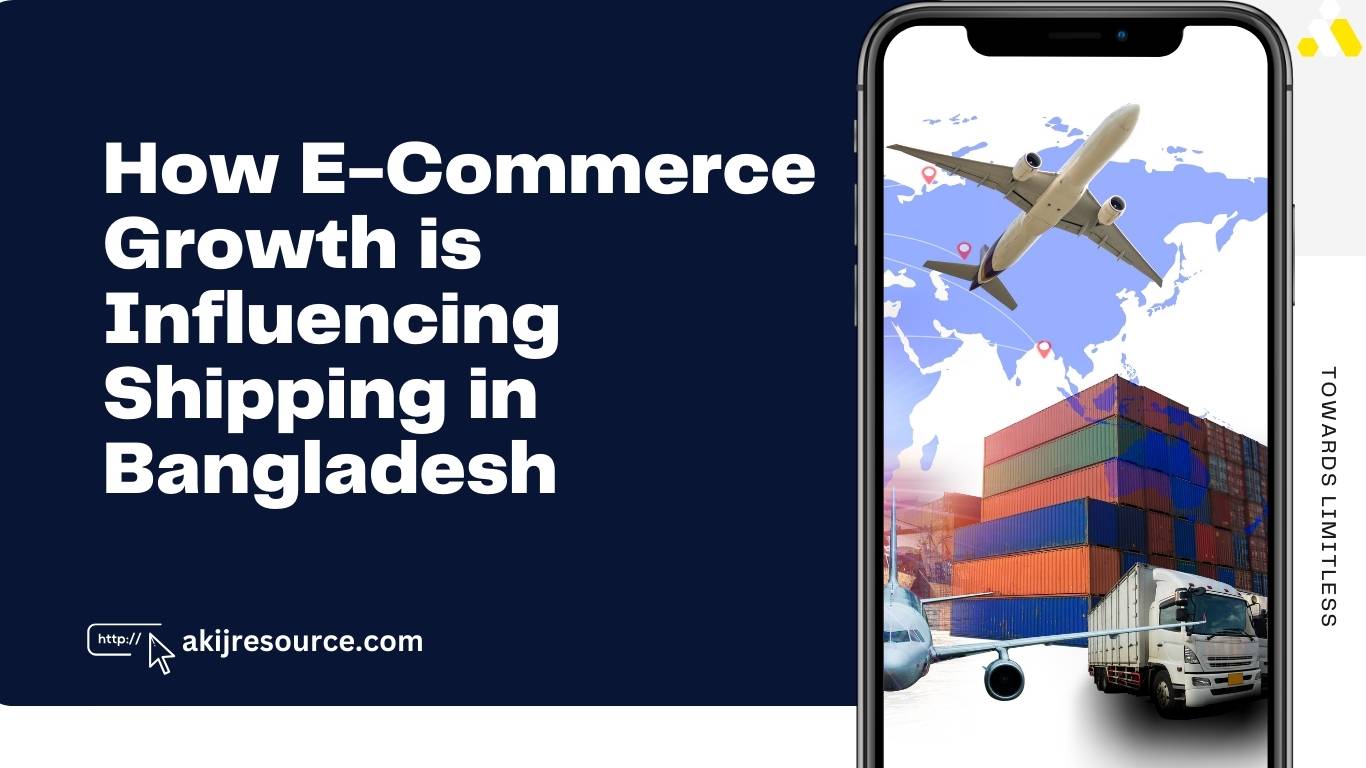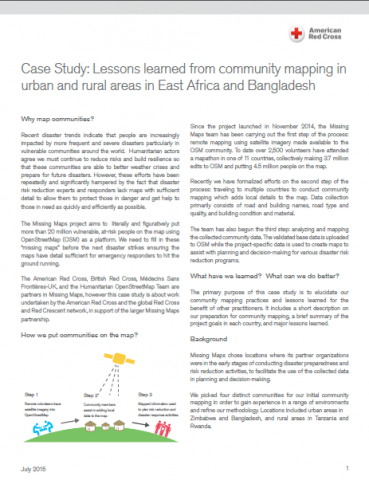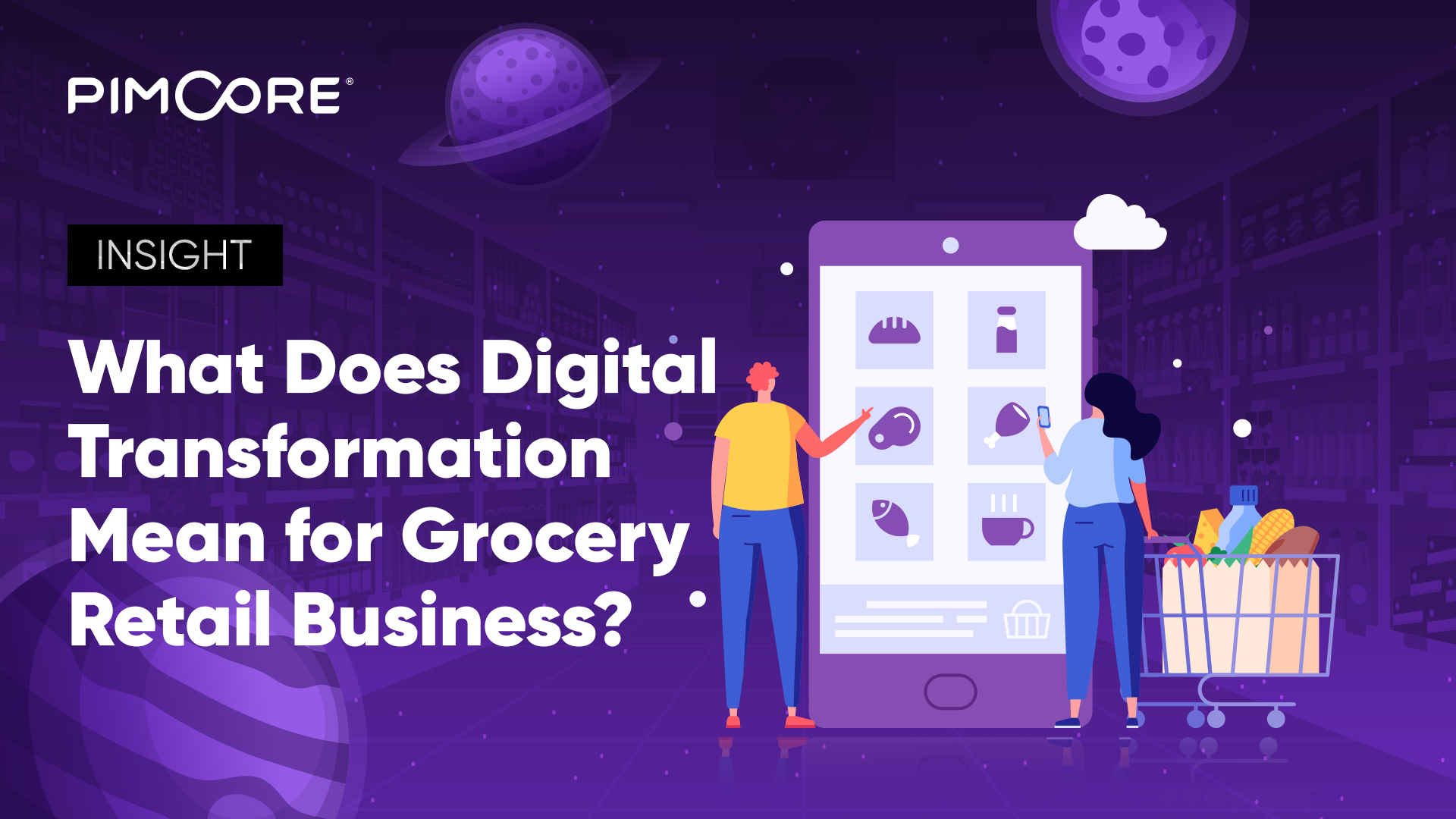Bangladesh’s e-commerce market is experiencing exponential growth, driven by increasing digital adoption, a burgeoning middle class, and widespread mobile device usage. This surge in online shopping has significantly impacted the country’s shipping and logistics landscape, presenting both challenges and opportunities for businesses and logistics providers alike. This article delves into how e-commerce growth is influencing shipping in Bangladesh, exploring key trends, challenges, and future prospects.
Current State of E-Commerce in Bangladesh
The e-commerce sector in Bangladesh has seen remarkable growth, with market revenues projected to reach $8.02 billion by 2025.
Key players such as Daraz and Chaldal have captured significant market share through competitive pricing, diverse product offerings, and targeted marketing strategies.
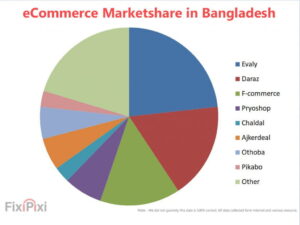
Image Source: The Business Standard
Growth Drivers of E-Commerce
Several factors contribute to the growth of e-commerce in Bangladesh:
- Increasing Digital Adoption: Government initiatives to expand internet access and promote digital literacy have led to a surge in online users.
Trade.gov - Growing Middle Class: The rise of a middle class with increased disposable income is driving demand for online goods and services.
- Mobile Device Penetration: Widespread use of mobile devices enables convenient online shopping and payment options.
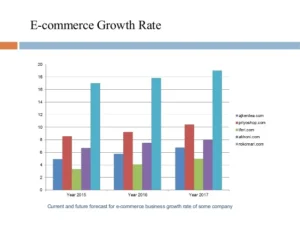
Image Source: LightCastle Partners
Key Metrics Influencing Shipping Dynamics
- Order Volume Trends: The exponential growth of e-commerce has resulted in a significant increase in order volumes, putting pressure on logistics providers to scale their operations.
- Last-Mile Delivery Challenges: Efficient and cost-effective last-mile delivery remains a key challenge, particularly in navigating Bangladesh’s complex urban and rural landscapes.
Image Source: Future Startup
Impact of E-Commerce on Logistics Infrastructure
- Warehousing Solutions: The demand for modern, tech-enabled warehousing solutions is rising to accommodate increased inventory levels and ensure efficient order fulfillment.
- Transportation Network Developments: Investments in transportation infrastructure, including roads, railways, and waterways, are crucial to support the growth of e-commerce and improve delivery times.
Challenges Faced by Logistics Providers
- Operational Inefficiencies: Traditional logistics practices often struggle to keep up with the demands of the ever-evolving digital marketplace.
- Talent and Skill Gaps: There is a growing need for skilled professionals in logistics, supply chain management, and e-commerce operations.
- Technological Adoption Hurdles: Many logistics providers face challenges in adopting new technologies, such as real-time tracking systems and automated sorting facilities.
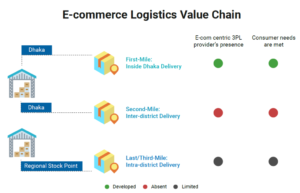
B2B Marketplaces and Their Influence
B2B marketplaces are playing an increasingly important role in facilitating e-commerce growth, connecting businesses with suppliers and streamlining procurement processes.
Case Study: Chaldal’s Evolution
Chaldal, a leading Bangladeshi e-commerce platform, has evolved its business model to adapt to the changing market dynamics, focusing on customer satisfaction, timely delivery, and strategic partnerships with logistics providers.
Opportunities within B2B E-Commerce
B2B e-commerce presents significant opportunities for growth, particularly in sectors like manufacturing, agriculture, and healthcare.
The Role of Rural E-Commerce
Rural e-commerce is expanding market access for rural sellers and consumers, requiring logistics providers to develop innovative solutions to address unique logistical challenges.
Socio-Political Factors Affecting Shipping
- Regulatory Challenges: Navigating complex regulations and customs clearance procedures can impact shipping efficiency and costs.
- Economic Conditions and Their Impact: Economic fluctuations can influence consumer spending, demand for goods, and investment in logistics infrastructure.
Future Trends in E-Commerce Logistics
- Innovations in Supply Chain Management: Emerging technologies like blockchain and AI are expected to revolutionize supply chain management, improving transparency, efficiency, and security.
- Enhanced Customer Experience Strategies: Logistics providers will focus on enhancing customer experience through personalized delivery options, real-time tracking, and proactive communication.
Recommendations for Stakeholders
- Strategies for Improving Efficiency: Implementing lean logistics principles, optimizing delivery routes, and leveraging technology can improve operational efficiency.
- Investing in Technology and Talent Development: Investing in technology and upskilling the workforce are crucial for long-term success in the evolving e-commerce landscape.
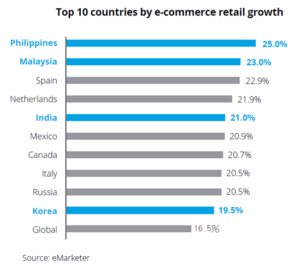
Key Takeaways
The growth of e-commerce in Bangladesh presents significant opportunities and challenges for the shipping and logistics sector. By embracing innovation, investing in technology, and adapting to the evolving needs of the market, stakeholders can navigate the future of e-commerce shipping and contribute to the continued growth of this dynamic industry.

